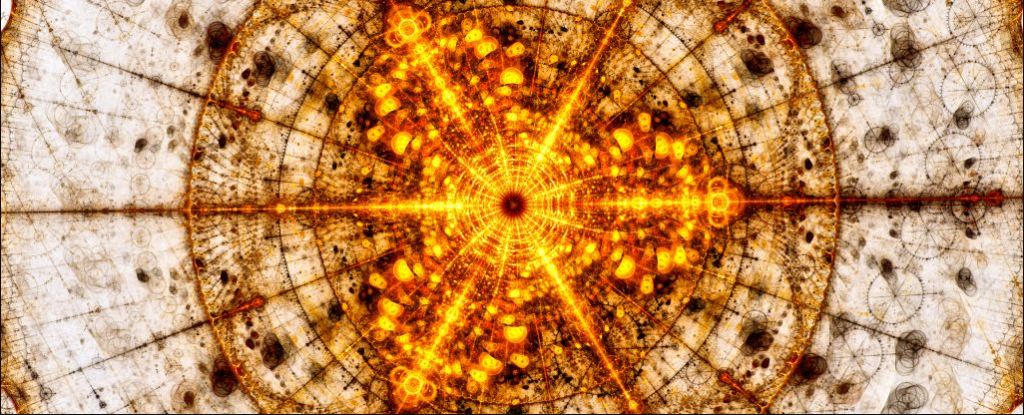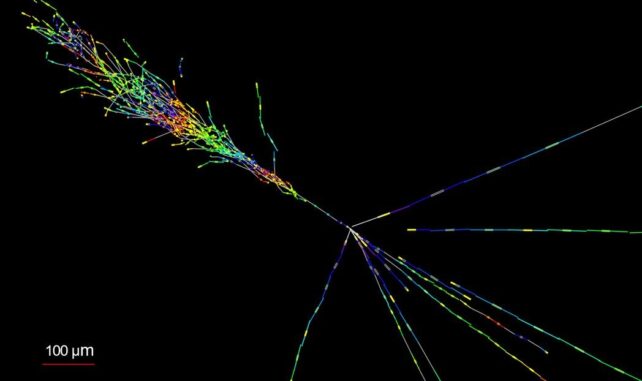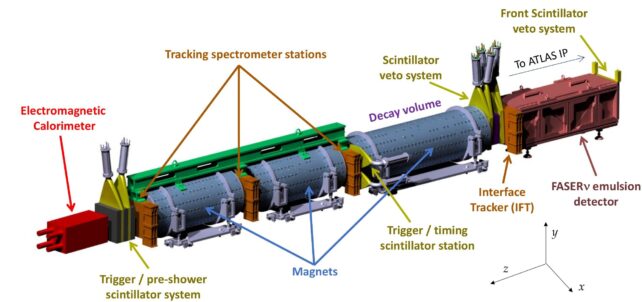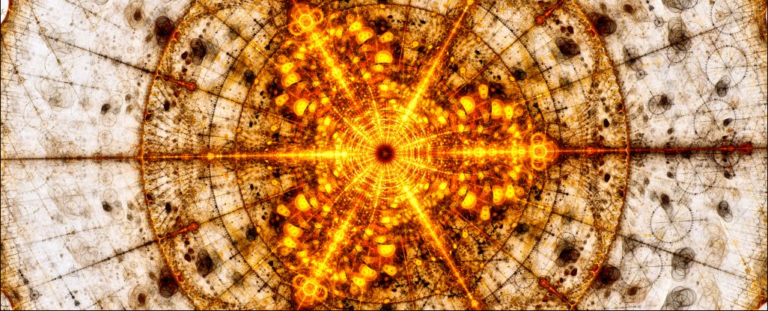Scientists have detected neutrinos in a particle collider, which are commonly referred to as “ghost particles.”
Scientists have finally succeeded in detecting neutrinos produced in a particle collider, commonly known as “ghost particles,” which have been elusive and enigmatic. These subatomic particles are so disconnected from the rest of matter that they pass through it like apparitions, thus earning their ghostly nickname. The researchers believe that this breakthrough will aid in understanding the creation, properties, and role of these particles in the universe’s evolution.

The FASERnu detector at the Large Hadron Collider was used to obtain these results, which were presented at the 57th Rencontres de Moriond Electroweak Interactions and Unified Theories conference in Italy. Particle physicist Jonathan Feng from the University of California Irvine said that the discovery of neutrinos from a new source, i.e., particle colliders, is groundbreaking since it involves two particle beams colliding at extremely high energy.
Although neutrinos are the second most abundant subatomic particles in the universe after photons, they have no electrical charge, almost zero mass, and barely interact with other particles. As you read this, hundreds of billions of neutrinos are passing through your body.

Neutrinos are typically generated in energetic environments like nuclear fusion within stars or supernova explosions. Although they are not noticeable in everyday life, physicists believe that their tiny mass may affect the universe’s gravity, although they are not a candidate for dark matter. While their interaction with matter is minimal, occasionally, a cosmic neutrino will collide with another particle, causing a faint light burst. Underground detectors, such as IceCube in Antarctica, Super-Kamiokande in Japan, and MiniBooNE at Fermilab in Illinois, can detect these bursts since they are isolated from other sources of radiation.
Particle physicists have been seeking neutrinos generated in particle colliders for a long time since the high energy levels involved are not as well understood as low-energy neutrinos. Particle physicist Jamie Boyd of CERN said that the LHC’s high-energy neutrinos are essential for understanding exciting observations in particle astrophysics since they can provide insights into deep space that are not possible to obtain otherwise.
The FASERnu detector, which consists of millimeter-thick tungsten plates alternating with layers of emulsion film, was utilized to identify neutrinos produced in particle colliders. Tungsten was chosen due to its high density, which increases the probability of neutrino interaction; the detector contains around 730 emulsion films and has a total tungsten mass of roughly one ton.

During particle experiments conducted at the LHC, neutrinos have the potential to collide with nuclei in tungsten plates, which can generate particles leaving tracks in the emulsion layers, similar to the way ionizing radiation produces tracks in a cloud chamber. To analyze the particle trails to determine their source, the plates need to be developed like photographic film. In 2021, six neutrino candidates were discovered and reported, but the researchers have now confirmed their discovery using data collected during the third run of the upgraded LHC in 2022, with a significance level of 16 sigma. The likelihood that the signals were produced by chance is extremely low at this level of significance; in particle physics, a significance level of 5 sigma is sufficient to classify as a discovery.
The FASER team is presently examining data obtained by the detector, and it seems likely that numerous additional neutrino detections will follow. Run 3 of the LHC is set to continue until 2026, and data collection and analysis are still ongoing. Physicist David Casper of UC Irvine predicted back in 2021 that the run would result in roughly 10,000 neutrino interactions, implying that we have only just scratched the surface of what FASERnu can provide.
According to Casper, “Neutrinos are the only known particles that the much larger experiments at the Large Hadron Collider are unable to directly detect, so FASER’s successful observation means the collider’s full physics potential is finally being exploited.”
The team’s results have been presented at the 57th Rencontres de Moriond Electroweak Interactions and Unified Theories conference.
Do not forget to share your opinion with us to provide you with the best posts !




0 Comments